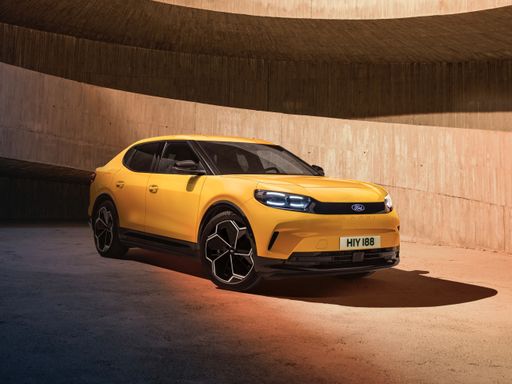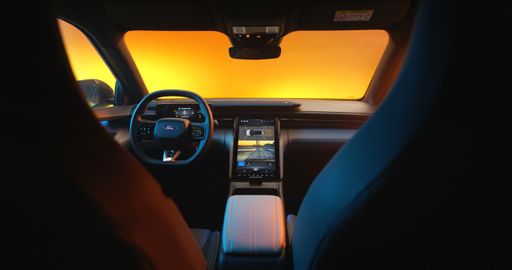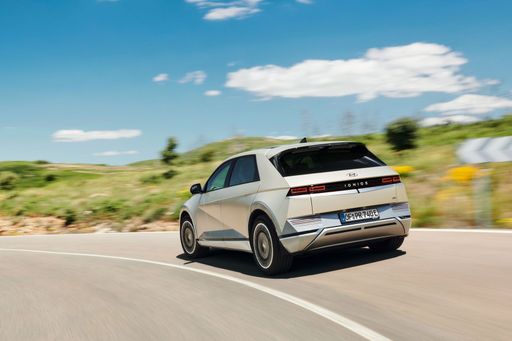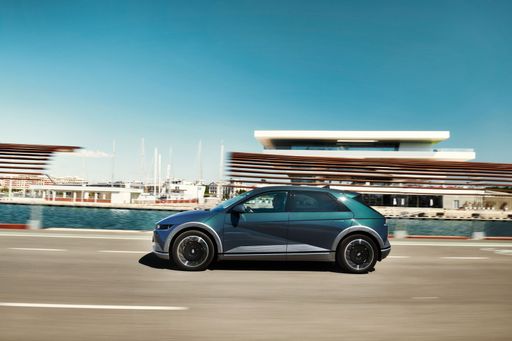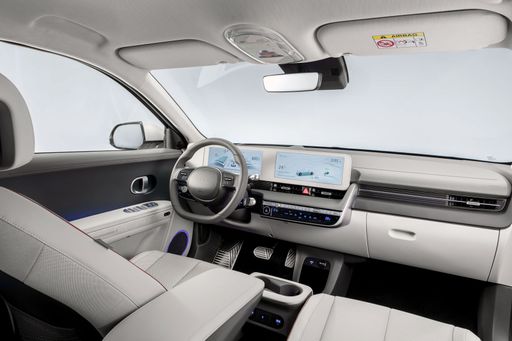Ford Capri vs Hyundai IONIQ 5: A Modern Comparison of Iconic Electrics
The automotive landscape is rapidly evolving, and two standout electric SUVs in this transformation are the Ford Capri and the Hyundai IONIQ 5. Both vehicles offer cutting-edge technology, innovative designs, and impressive performance, but they cater to different segments of the market. Let's dive into various aspects of these two vehicles, comparing their specifications, innovations, and driving experiences.


